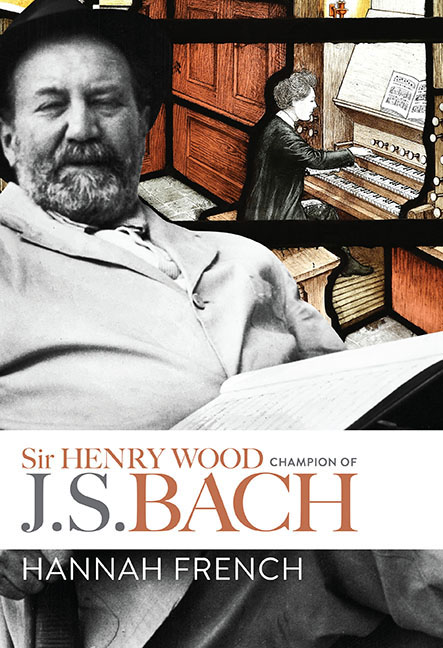Book contents
- Frontmatter
- Dedication
- Contents
- List of Illustrations
- List of Music Examples
- List of Tables
- Prologue
- Acknowledgements
- List of Abbreviations
- PART I CONTEXTUALISING
- PART II PROGRAMMING
- PART III INTERPRETING: ORCHESTRAL WORKS
- 5 Performance Scores
- 6 Recordings
- 7 An Editorial Project
- 8 Orchestral Arrangements
- PART IV INTERPRETING: VOCAL WORKS
- PART V INFLUENCING
- APPENDICES
- Bibliography
- General Index
- Index of Works by J.S. Bach
6 - Recordings
from PART III - INTERPRETING: ORCHESTRAL WORKS
Published online by Cambridge University Press: 07 September 2019
- Frontmatter
- Dedication
- Contents
- List of Illustrations
- List of Music Examples
- List of Tables
- Prologue
- Acknowledgements
- List of Abbreviations
- PART I CONTEXTUALISING
- PART II PROGRAMMING
- PART III INTERPRETING: ORCHESTRAL WORKS
- 5 Performance Scores
- 6 Recordings
- 7 An Editorial Project
- 8 Orchestral Arrangements
- PART IV INTERPRETING: VOCAL WORKS
- PART V INFLUENCING
- APPENDICES
- Bibliography
- General Index
- Index of Works by J.S. Bach
Summary
Now, very lively gigue dig-a-dig-a-dig-a-dig. Accent, top B. Lightly … violas.
(Henry Wood, rehearsing Brandenburg Concerto No. 3, 1942)Henry Wood's live performances were broadcast widely on the BBC from 1927, but his recorded legacy is relatively modest – particularly in comparison to those of his contemporaries such as Beecham, Mengelberg, or Weingartner. Wood's Bach discography (p. 295) shows that he recorded only two of the Brandenburg Concertos (Nos. 3 and 6), but through them many of his interpretative priorities can be identified. The recording of string-only Brandenburg concertos was probably a judicious decision to ensure the most successful and balanced studio performances in the early years of recording techniques. However, in spite of this, Wood's biographer Arthur Jacobs has insisted that in these two concertos, ‘his Bach was properly represented’. Both concertos were recorded with the British Symphony Orchestra (rather than the BBCSO) and released on the Columbia label. Concerto No. 6 was recorded on 12 June 1930 and on its release was the first complete commercial recording of the work; No. 3 followed on 16 June 1932.
Unlike his contemporaries such as Alfred Cortot or Adolf Busch, Wood did not initially set out to record a full set of the concertos, although he did make plans later for such a project on the Decca label. In a letter dated 2 April 1935 he announced his intentions to Gerald Beadle of the BBC, noting that he was ‘about to sign a very important contract with a well-known Recording Co. for a number of years, and make a fine series of classical works starting with the six Brandenburg Concertos of Bach’. In the event, although his contract with Decca went ahead, the Brandenburg project did not. The company eventually recorded the Brandenburg Concertos with Boyd Neel in 1945, but Wood's project may also have been curtailed by the 1935 Columbia release of a complete set of the concertos by Adolf Busch. Whether or not Wood had pitched his recording plan with the bespoke British Symphony Orchestra, it was the BBCSO with whom he was associated after 1930, and such live interpretations were not deemed as fashionable as those by Neel or Busch.
A comparison of Wood's British Symphony Orchestra recordings with those of contemporary conductors Eugene Goossens, Wilhelm Furtwangler, Alfred Cortot, Adolf Busch, Alois Melichar, and Paul Schmitz assists in fully assessing his approach.
- Type
- Chapter
- Information
- Sir Henry Wood: Champion of J. S. Bach , pp. 95 - 116Publisher: Boydell & BrewerPrint publication year: 2019

